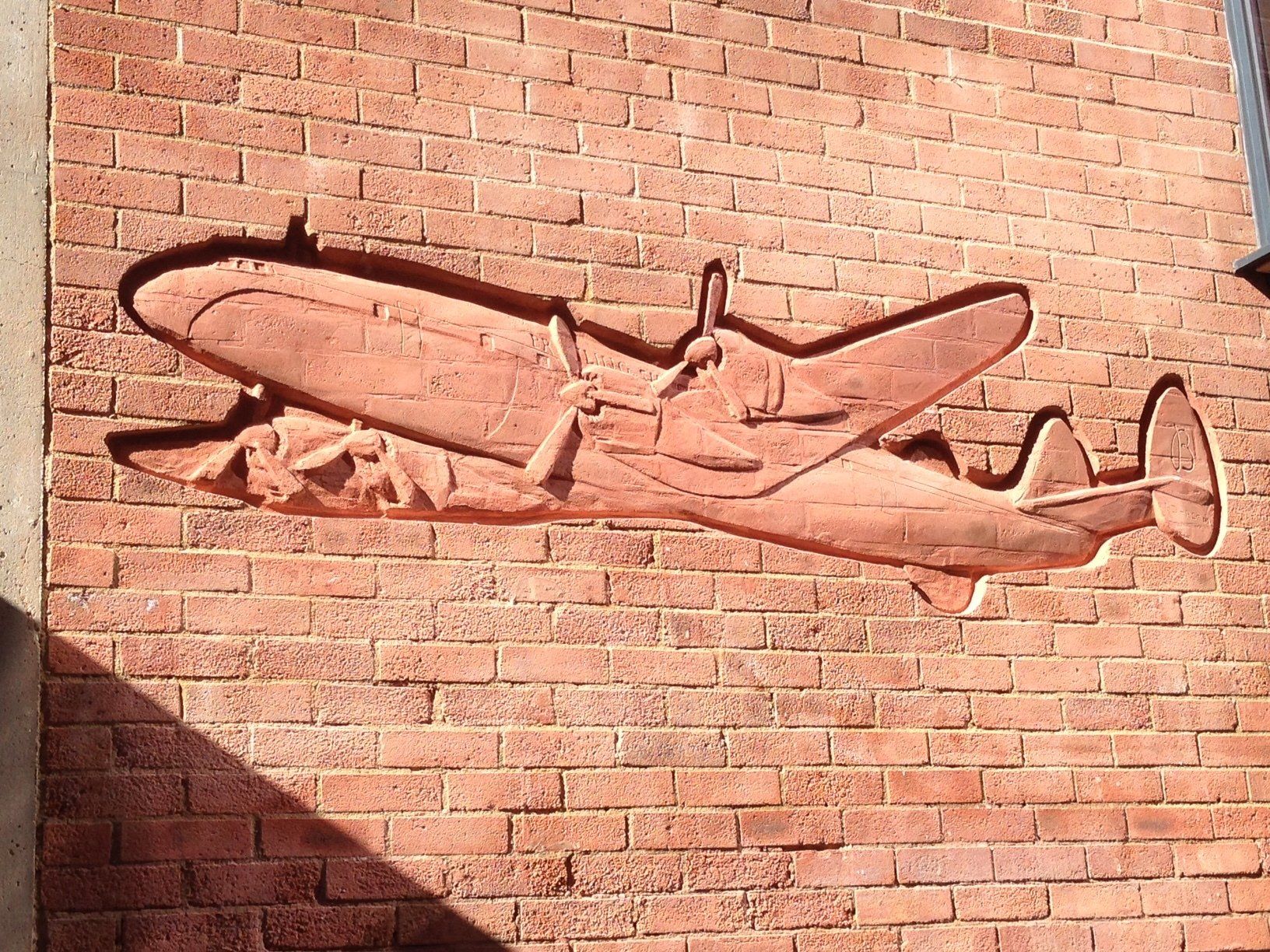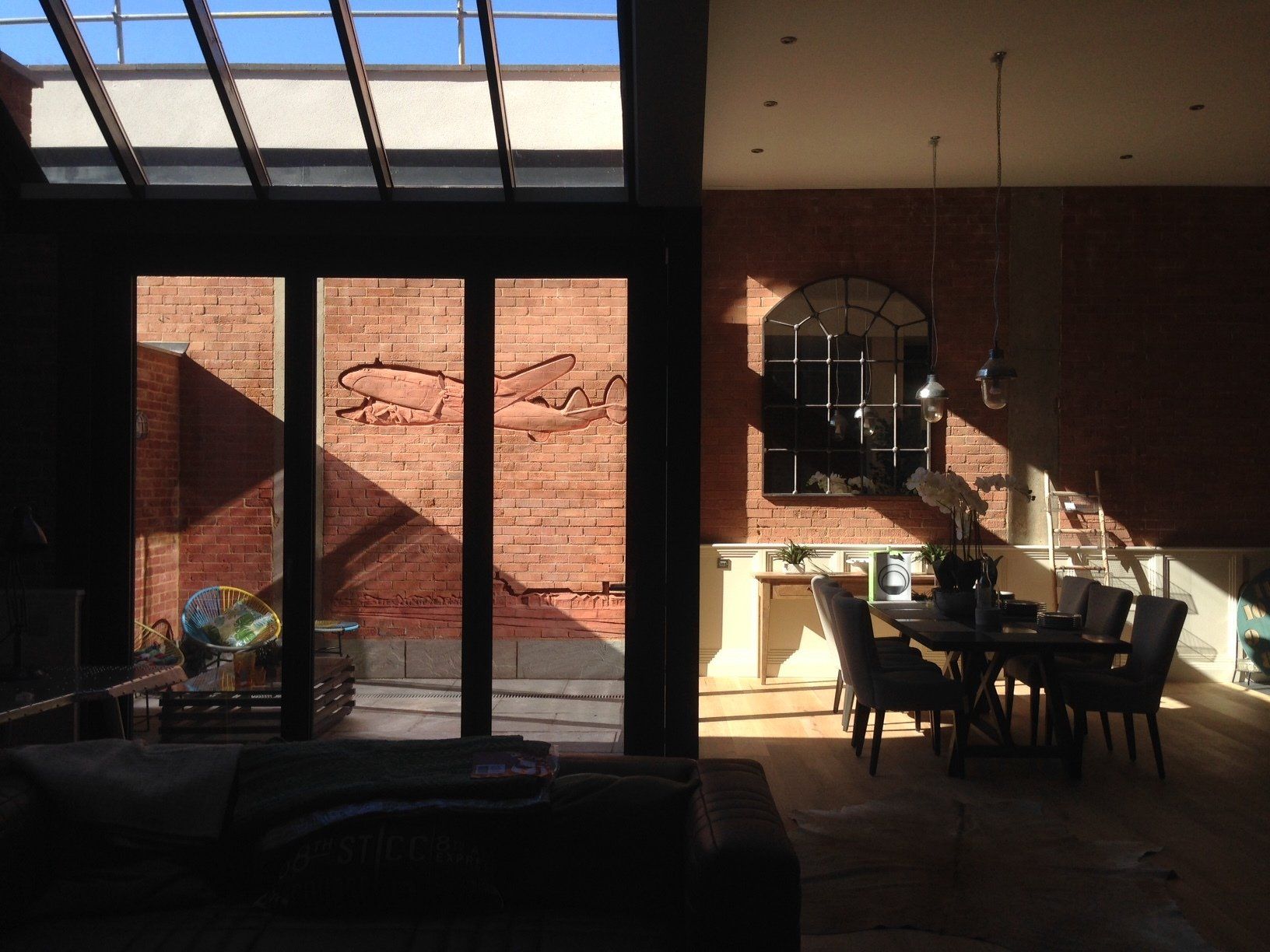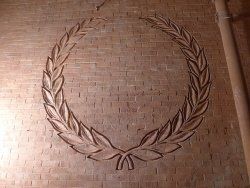Benjamin C Dearnley Fragments of our time
Southbrook House Newbury, where Art meets Business
We are all travelers in time.
The Highfield Development's Southbrook House brick wall carvings, offer a brief history of Newbury and the surrounding area as 4 direct carvings into the original brick walls.
Designed and created in an 'Arts and Business' collaboration with Matthew Moat of Highfield Developments.
-
Flat 3: St Nicolas Garden Apartment
Button -
Flat 4: Super Constellation Apartment.
Button -
Flat 1: White Horse Garden Apartment
Button -
Flat 4: Super Constellation Apartment.
Button -
Flat 2: The Silchester Apartment
Button -
Flat 4: Super Constellation Apartment.
Button -
Flat 2: The Silchester Apartment
ButtonTablet depicting the found artifact.
-
Flat 1: White Horse Garden Apartment
ButtonEpona tablet
Concept
A timeline through Newbury and the surrounding area, captured in a series of four direct carvings into the original brick walls of Southbrook House. The carvings help to bring to light some of the amazing history of this hugely important part of the country, beginning at 600 BC and travelling right up to the middle of the 20th Century with the first international flights from America to the UK in the Super Constellation.
The layout of the four bespoke garden apartments creates the beginning of this artistic intervention and its stating point, The White Horse of Uffington at around 600BC
Flat 1: White Horse Garden Apartment
Set on the back wall of this flat’s garden is the carving of the White Horse of Uffington. This iconic form was chosen to reflect the passion and artistic endeavors of those early Britons who made this work, which could only really be fully seen from the heavens. It begins our journey through time and links us back to those people who placed such a high value on the horse and its help in traveling great distances, both in this world and the next.
This huge chalk carving into the hillside is still an enigma today as there is little or no evidence to tell us the reasons for these people marking out such an image in the landscape. We do know, however, that it was of such importance to them to go to the huge effort to create this early work of art and there would have been a deep understanding of its importance in that time by its people, both local, and incomers.
The actual landscape image was used to get the exact dimensions for the carving to fit within the Golden Section of this wall. It has been deeply carved into the original brick wall of the old building and in-filled with a lime wash. Below and to the left is the Portland stone tablet with a depiction of the Celtic Goddess Epona.I t is said that she was the protector of the horse, a goddess of fertility as well as helping on the ultimate journey of all those who passed from this world to the next. She makes her reappearance here as a link between the huge hill carving and the beliefs of the peoples of that time.
Flat 2:
The second apartment in our timeline covers the 1st Century AD to 6th and 7th centuries, with the advent of the Roman Empire and its conquest of much of Britain. Calleva Atrebatum became one of the most important towns as it formed a meeting place at a natural crossroads for all the traveling people of that time.
The huge laurel wreath in the centre of the wall celebrates the excellence of the arts, linking us back to this time of Roman occupation when the laurel wreath was not just a sign of Rome. Its original use was for celebrations of excellence and used as a sign of victory for the most highly regarded poets and athletes. Later, it became a symbol of Rome and victory in battle.
Below and set to each side of the wreath are two Portland stone tablets, each one holding a key to the history and importance of this time and place. Both images are of archaeological finds from Silchester, whose many artifacts can be seen at Reading Museum, these two being some of the finest.
The left tablet depicts a tiny golden horse which was dug up in the middle part of the 19th Century and has the original town’s name carved in Roman script. It is said to have been part of a finely crafted vessel, perhaps for ritual oils.
On the opposite side is a carving of the actual find, to scale, of a Roman Eagle, the symbol of Rome’s power and dominance. It has lost its wings, yet it stands tall in this carving on top of the domed rooftops of some ancient temple to the gods. Below it, carved in Roman text, is the name Silchester. This find was the inspiration for author Rosemary Sutcliff’s novel The Eagle of the Ninth, and it seems right to have a visual reminder here of those times and the people who traveled to this part of the world to make it their home.
A recent 2017 excavation at Silchester has found a new temple site, so who knows what other treasures will be emerging from the past.
Flat 3: St Nicolas Garden Apartment
This iconic site in the heart of Newbury has been a place of worship for over a millennium, and the church that stands today is a testament to the early Christians who travelled all over Europe bringing the message of Christ with them. The present building was rebuilt in the early 1500s and has an unusual asymmetric style to the west end with different-sized wings.
The idea to carve this iconic image into the wall of Flat 3 was brought about by the close proximity to the actual building and the views from the upstairs windows giving a fine vista of the surrounding area. The timeline fixes us neatly in-between the Romans and the advent of many fine buildings created in God’s name throughout the United Kingdom, of which St Nicolas is one of the finest.
The use of stained glass in this carving is quite unique, and as far as we can tell, this is a first for such a work of art as this. All the fine detailed stone tracery surrounding the windows was cut and carved individually, making this particular piece a true labour of love. All this has been done by hand.
Light is the key to this piece, as the ever-changing weather conditions will give a constant flux to the visual experience. In fact, we will have a ‘living’ sculpture with all these wall carvings, and this one will have the added dimension of the coloured glass becoming well lit at certain times of the day. The deep cut behind each window is lined with a lime wash as this will lift the background and give depth to these features. The artist has employed light as one of his tools and the end results speak for themselves.
Flat 4: Super Constellation Garden Apartment.
Transatlantic travel for all. The first TWA passenger service from New York to Paris begun in 1946 aboard the Super Constellation.
The last of our timeline travels brings us up to the middle of the 20th Century and captures a moment in history with one of the most stylish and iconic flying machines of its day. What we witness here is the beginning of the new world, a more connected and faster paced world in which we would soon be able to connect to each other via live video links on small hand-held devices and speed around the globe in less time than it takes to make a cup of tea!
The final stop on our journey through time brings us to the world of flight across the Atlantic and in particular one of the most iconic designed aircrafts of this time – the 1940s and the Super Constellation. This was the birth of a new world of travel, and TWA was among the first to take passengers on some of the most advanced transatlantic flights ever experienced. One moment in this aircraft’s iconic history is when Marilyn Monroe is seen flying in one across the skies in her quest to find her millionaire husband in the 1953 movie ‘How to Marry a Millionaire’.
One of the last surviving aircraft is now run by Breitling and this is depicted taking off from the Greenham Common airfield with all the buildings as they were back in the 1950s.
Ben says: “This last wall carving is, in a way, honouring all those engineers and technicians who have helped to advance our technology and understanding. Born out of such turbulent times, this single aircraft reminds us of the advancements of humans and their quest to reduce the world to a more harmonious international community, made all the easer by these advancements in travel. Now all that remains is for the first passenger trips to become available to fly us out into the super constellations of space for us to really begin to see how small our world has become, and that time is fast approaching!”
Greenham Common is now a relic of aviation history and nature is taking back control over the lost runways. There are still some reminders of the times when it was, in its heyday, a link to the Americas and the rest of the world, and the landing place, on some occasions, for this wonderful piece of aviation history.
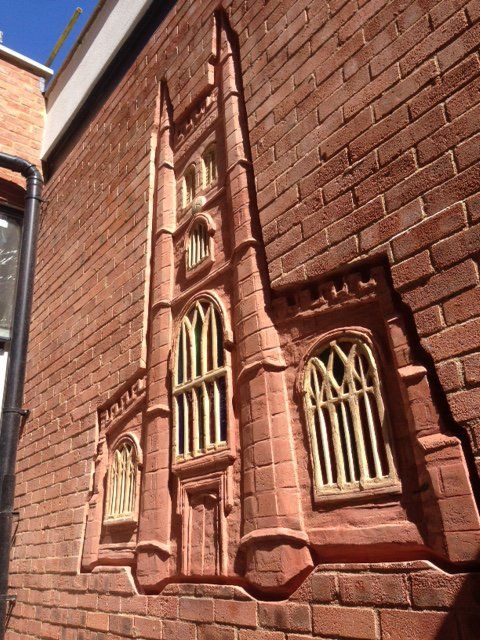
Slide title
Write your caption hereButton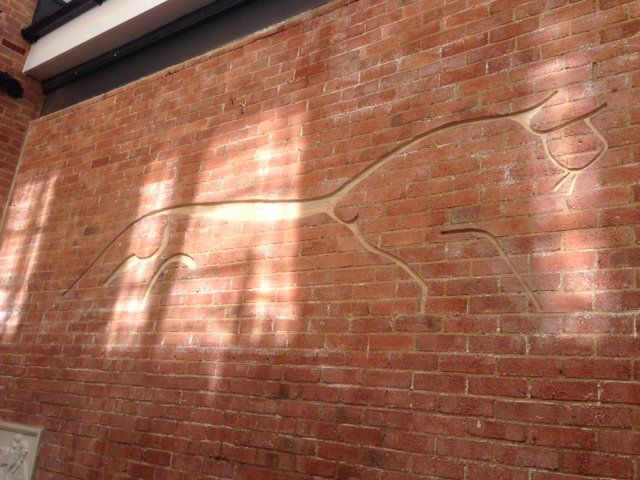
Slide title
Write your caption hereButton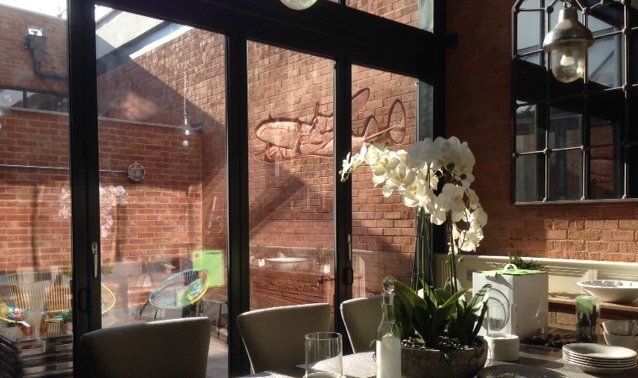
Slide title
Write your caption hereButton
Slide title
Write your caption hereButtonSlide title
Write your caption hereButton
Slide title
Write your caption hereButtonSlide title
Write your caption hereButtonSlide title
Write your caption hereButton
